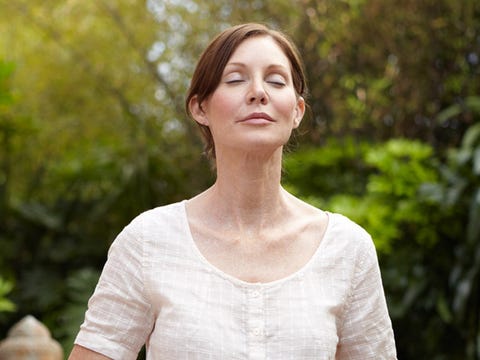Well I did it. I cycled 28 miles on Sunday raising money for Blood Cancer charity Bloodwise.
My day started off a little tiring. After going to bed at a reasonable time, I couldn't seem to nod off. Still awake after midnight I finally drifted off zzzzzzzz.
I woke up to the church bells chiming 5 o'clock! The sun was shining through my window and I lay there tired, tossing and turning Still awake at 6am I decided to get up and wander around the house.
After having a good breakfast of porridge, nuts and a banana I sat with a drink and relaxed for a short while.
The time came to head off across the Humber Bridge towards Grimsby, so armed with my bike, helmet and small rucksack with essentials (extra water, suncream, flapjack and banana) off I went.
The drive down was a quiet one. The sun was beaming down and the countryside was beautiful. It looked rather hilly and this made me a little anxious as I had barely done any cycling, let alone covered any hill work!
I arrived and checked in. I waited in the line up of cyclist eager to get going.
Waiting to go
9.30am came and we slowly edged forward. I waited for my turn to go.
The sun was getting warmer and even at this time of the morning the thermometer was hitting 19 degrees.
As I rode off along a tree lined road, there was a gentle breeze. Within 5 minutes I was following other cyclists and heading for our first hill. I had barely had a chance to warm up!
It was a gentle climb and as some of the more experienced cyclist whizzed past me I was determined not to get off and walk at this early stage.
Finally puffing and sweating I reached the top still attached to my bike. What goes up must come down I thought :) A much needed gentle ride down was to follow and the breeze was very welcome.
For the next 8 miles or so it was mainly a flat ride. The odd small and dare I say easy hill but lots of downhill rides. Some of these were scarily fast and I was hitting speeds of 31 mph. My brakes were in full use and it took all of my nerve to keep steady and not fall off at times. These hills were great fun but I couldn't help wonder when I would have to go back up.
As I sped through a village and turned left my first hill hit me full on. I quickly shifted gears into a lower, easier one and then again and again. By this time my legs were really struggling to keep going and I had no gears left to use. I couldn't keep it up so I had to jump off my bike before I started going backwards!
I wasn't alone and as I walked my bike steadily up the hill (even that was hard work), I passed other cyclist who also struggled. As I continued my walk upwards, cyclist slowly passed riding their bikes and pushing with all their might.
Once at top I jumped back on and off I went, slowly heading along and eventually down again.
For the next 12 miles this was to be the route. Steep hills and downward rides. I tried to keep going as long as I could but the hills just got the better of me and again I found myself having to push my bike up.
I had been cycling for 2 hours and the sun was hitting 22 degrees. I was sweating but didn't feel tired. My bum wasn't numb and my legs felt good.
At the top of one hill I decided to stop briefly to refuel. I had been drinking from my water bottle along the way and topped it up. I needed something to keep me going so ate some flapjack and a small banana. Then I was off.
I was faced with yet another hill which was more of a gentle climb so I pushed with all my strength and managed to stay on my bike. As I puffed my way to the top, there were two gents at the top taking a rest. They informed me that this was more or less the last hill and it was an almost gentle ride down to the finish. Hallelujah .
The last 8 miles went pretty fast and with a few small manageable hills I could finally see the finish in sight.
I had done it. That feeling of achievement is incredible. Other than being extremely hot and sweaty, I felt great.
I went back to register that I was finished and found the BBQ for a well earned Lincolnshire sausage hot dog.
Me with my Bloodwise medal
As I stood and ate I noticed that one poor woman who had obviously fallen off her bike. She had a black eye and blood soaked nose and face. Them down hills were pretty fierce at times and I wondered how many casualties they would claim.
The route and my time
Once home I showered, finishing it off on cold - this helps prevent lactic acid build up which is the cause of muscle soreness. Had a snack and drink and then did what any normal person would do after 5 hours sleep and over 2 hours cycling - I took the dog for a walk :)
That night I slept like a baby. Bliss.
Thank you for reading and for any support.
My next charity event is the Race for Life raising funds for research in to cancers that affect women.
This is a 5k run/walk on 1st June.
My next post will be on why I believe I didn't feel tired during and after the ride and what I drank two weeks leading up to the event.





















